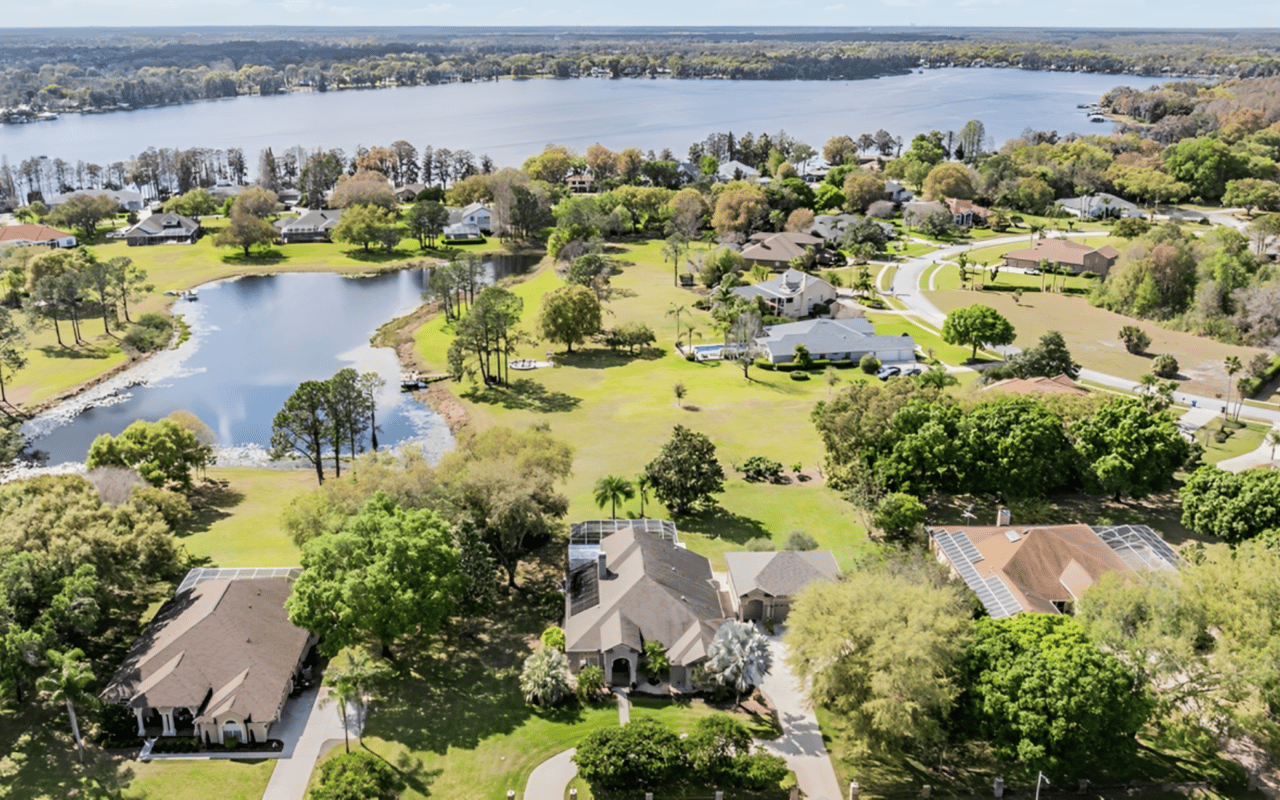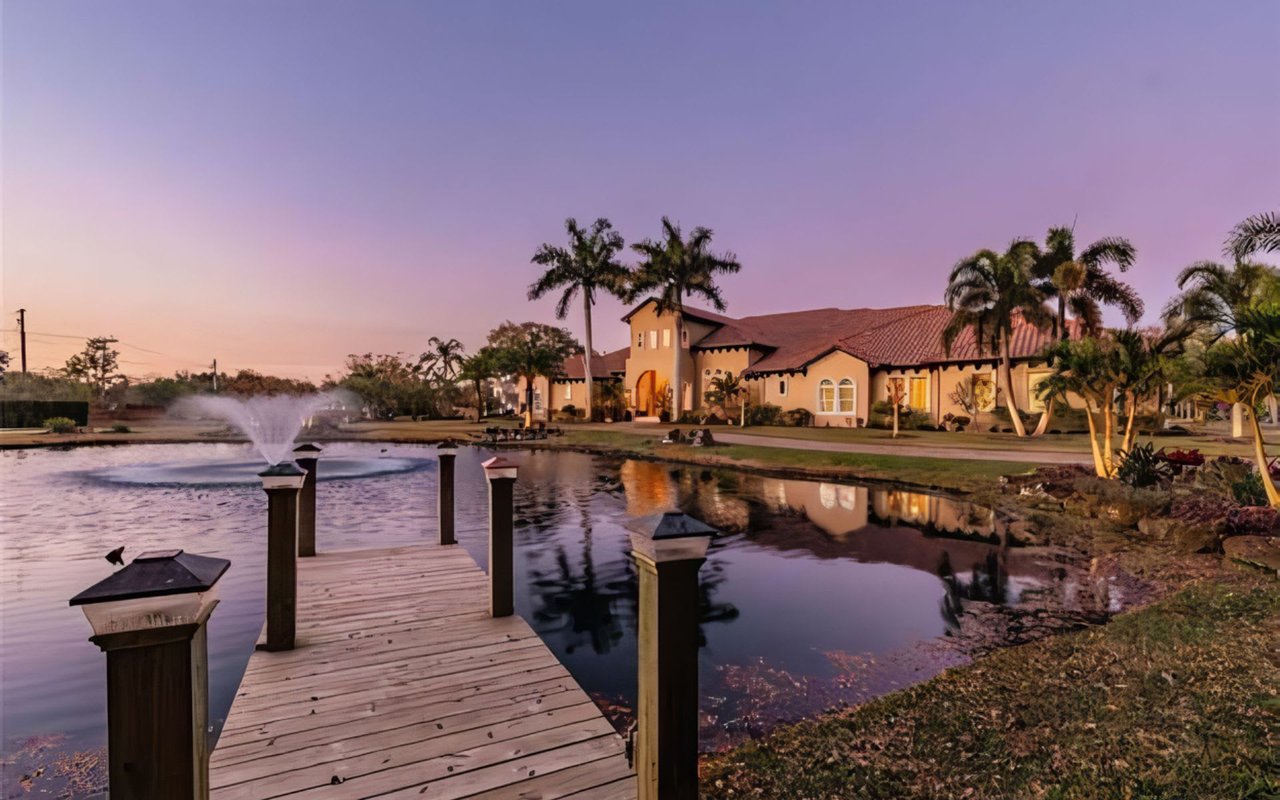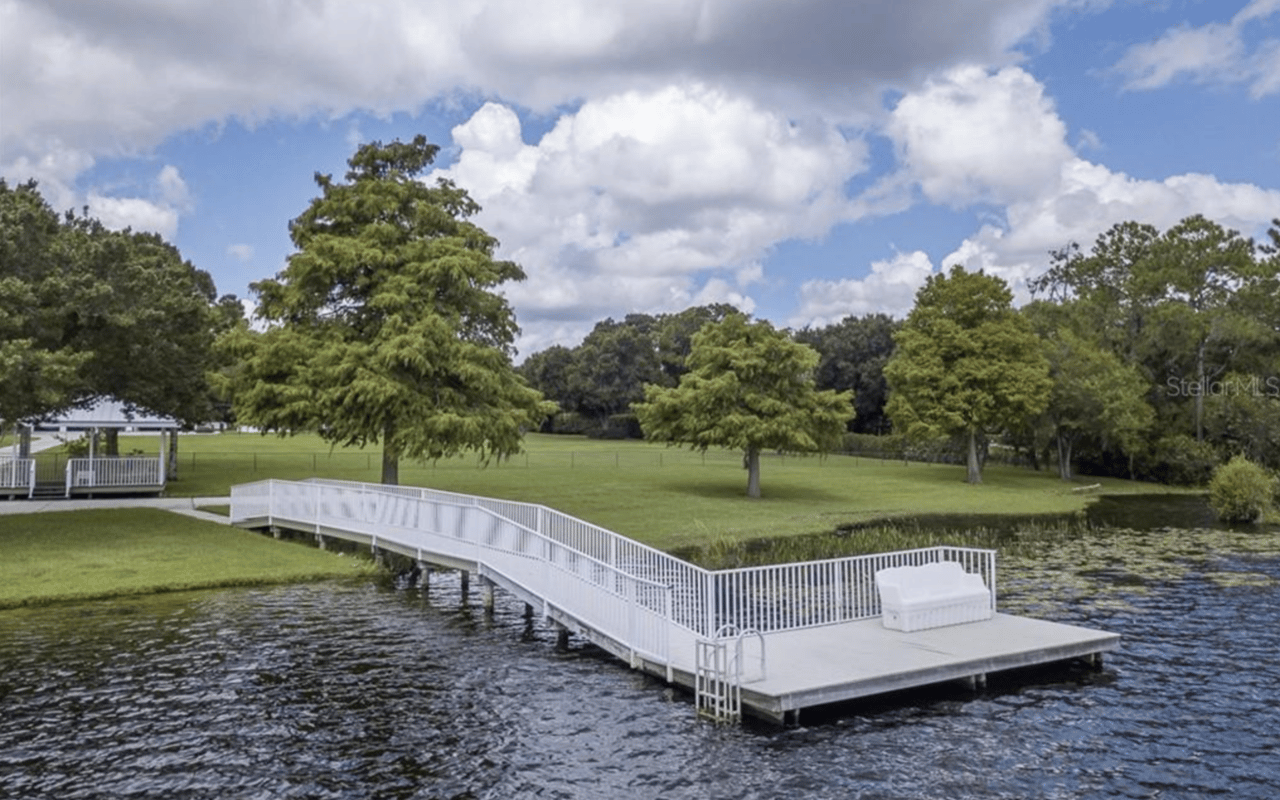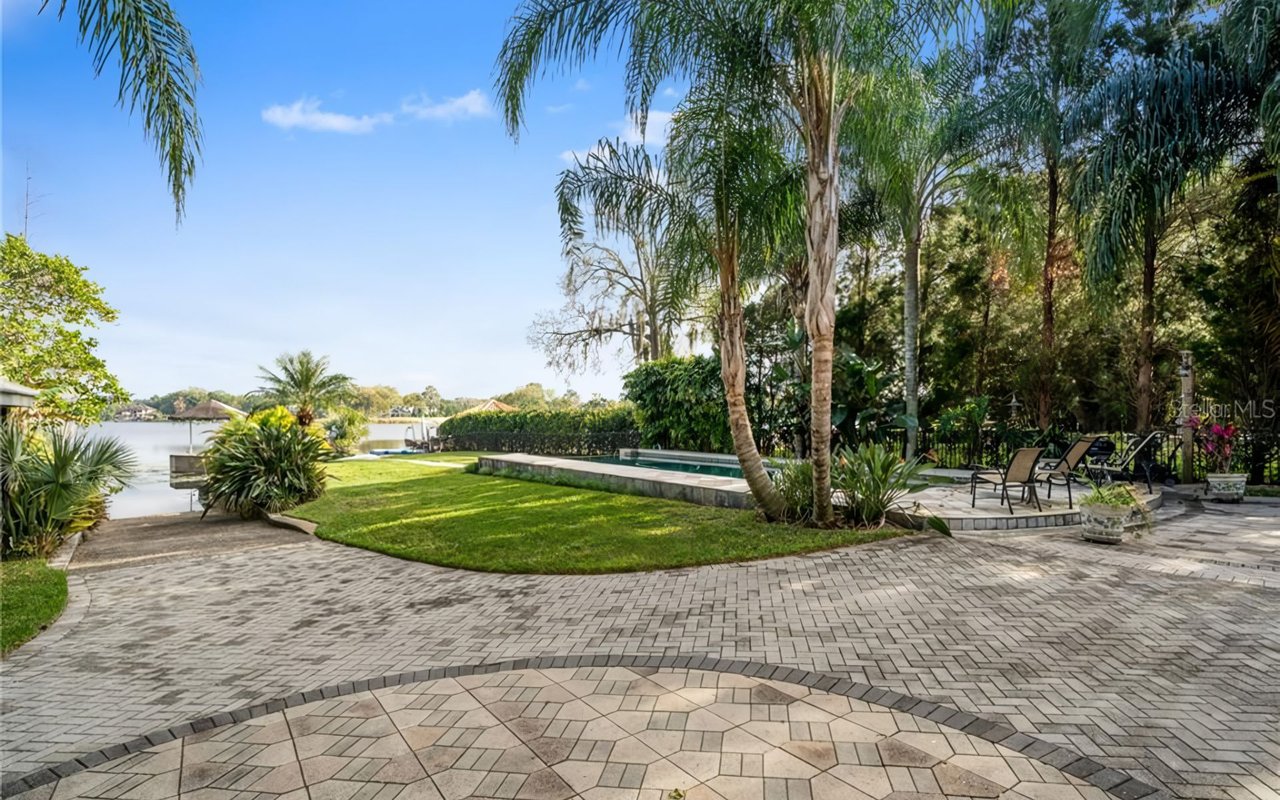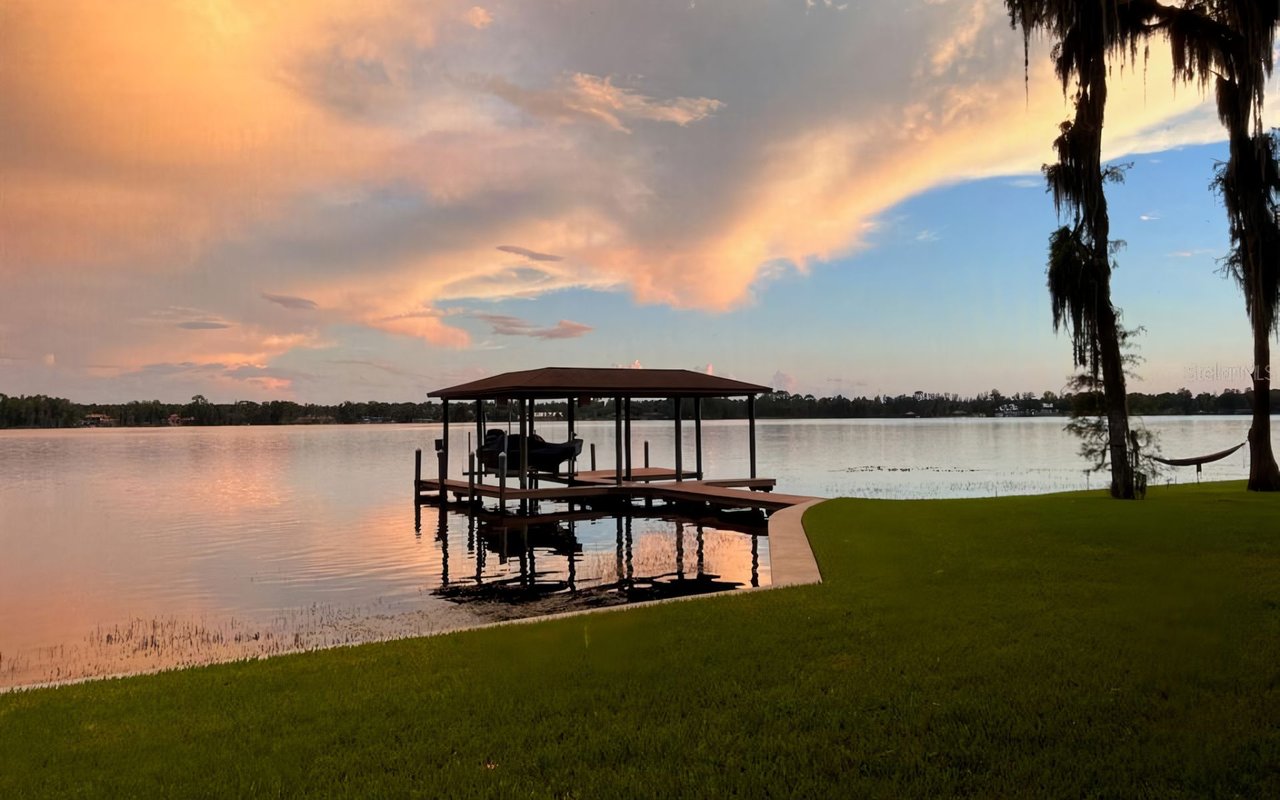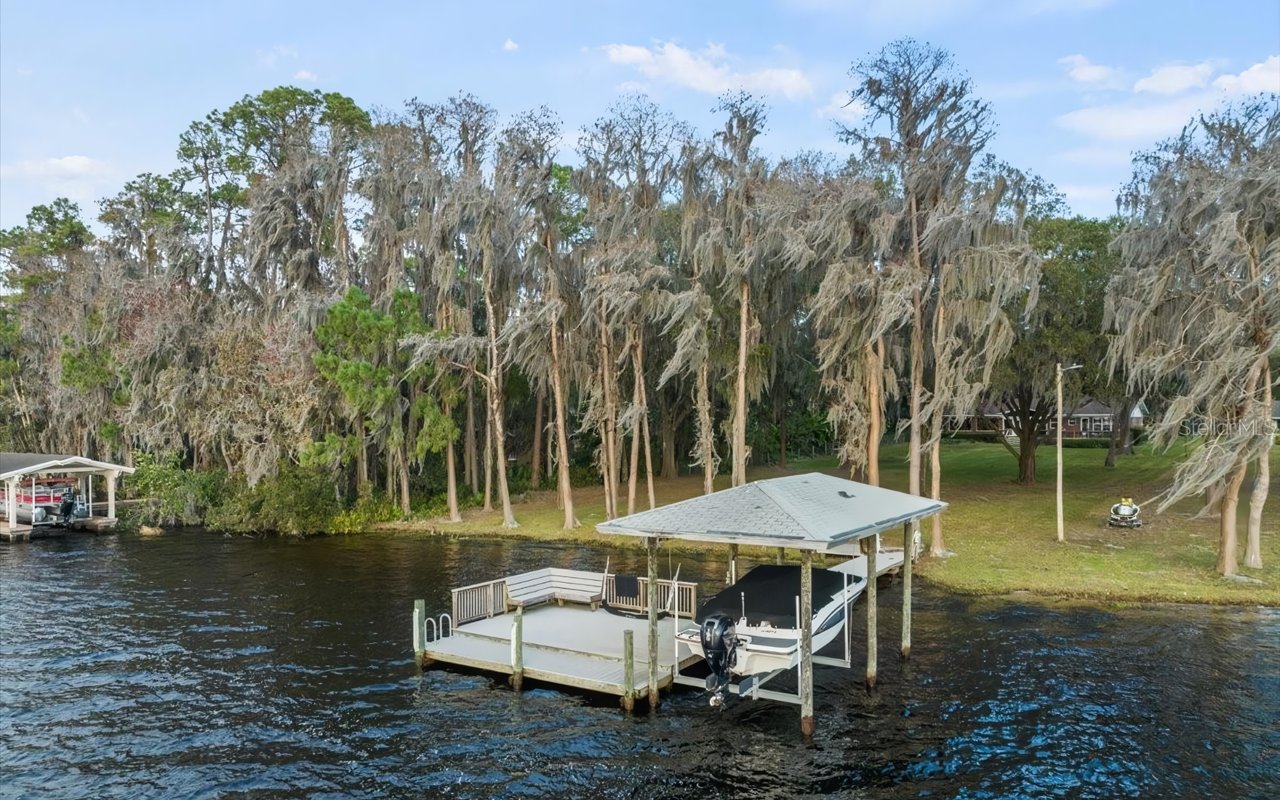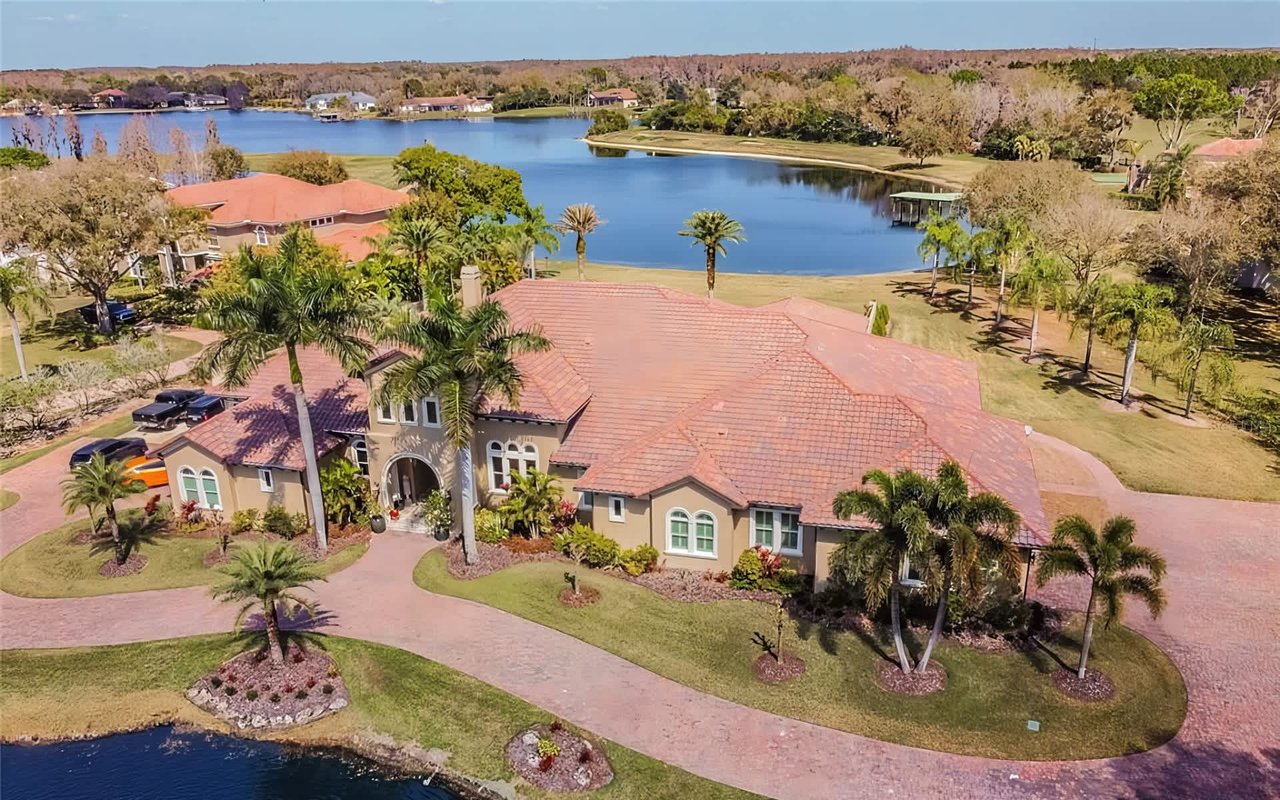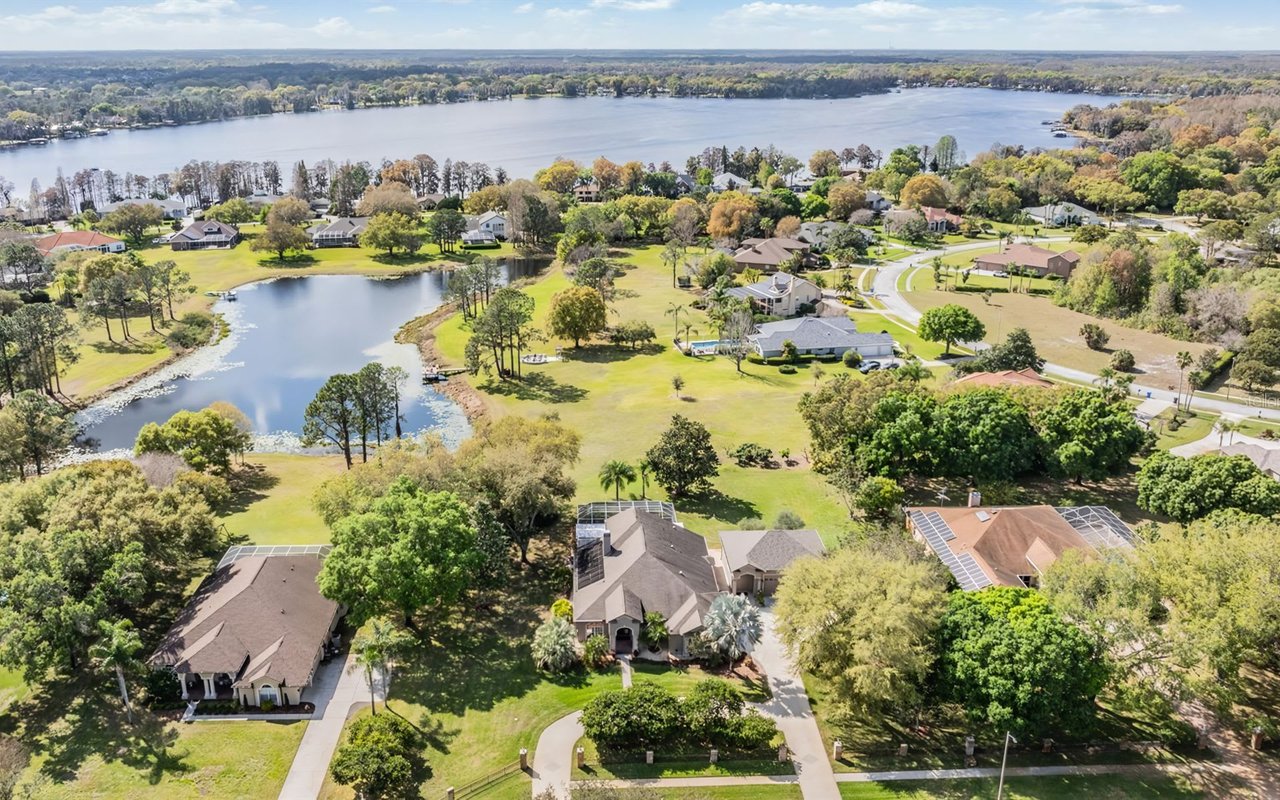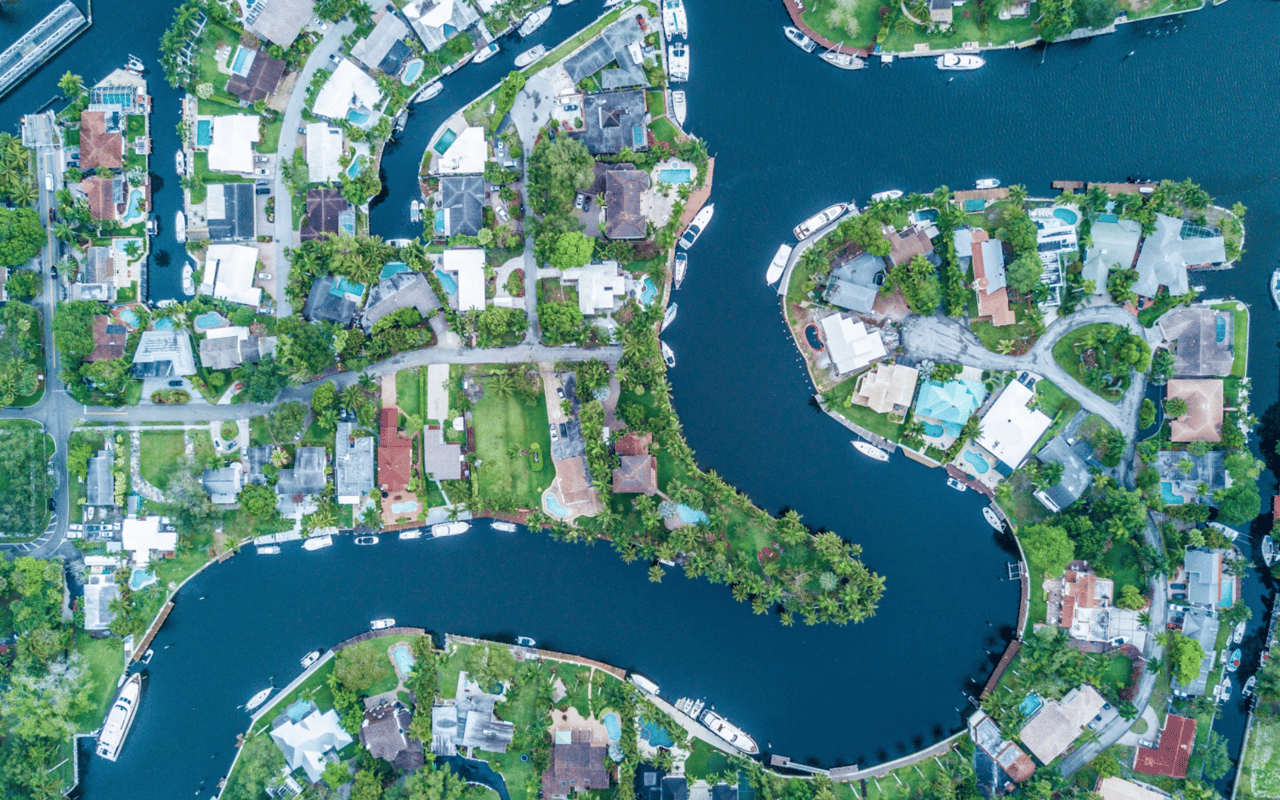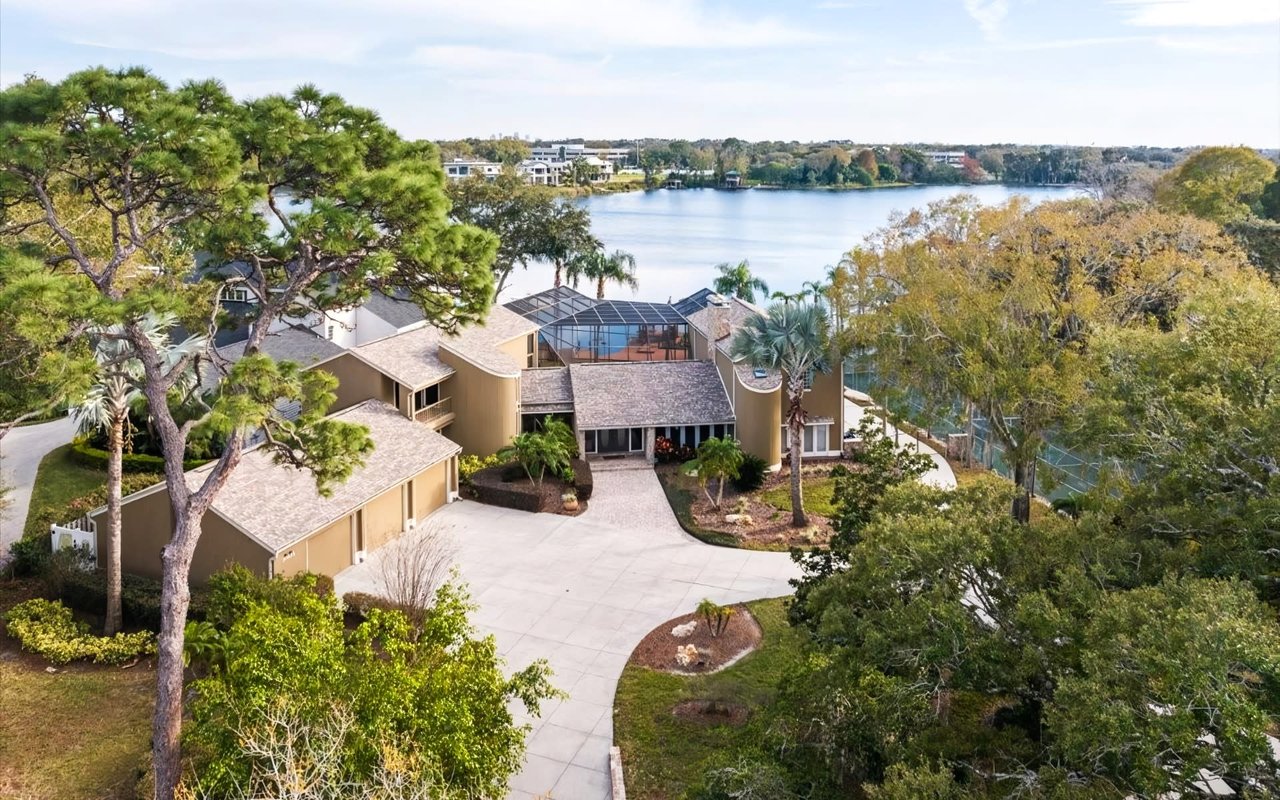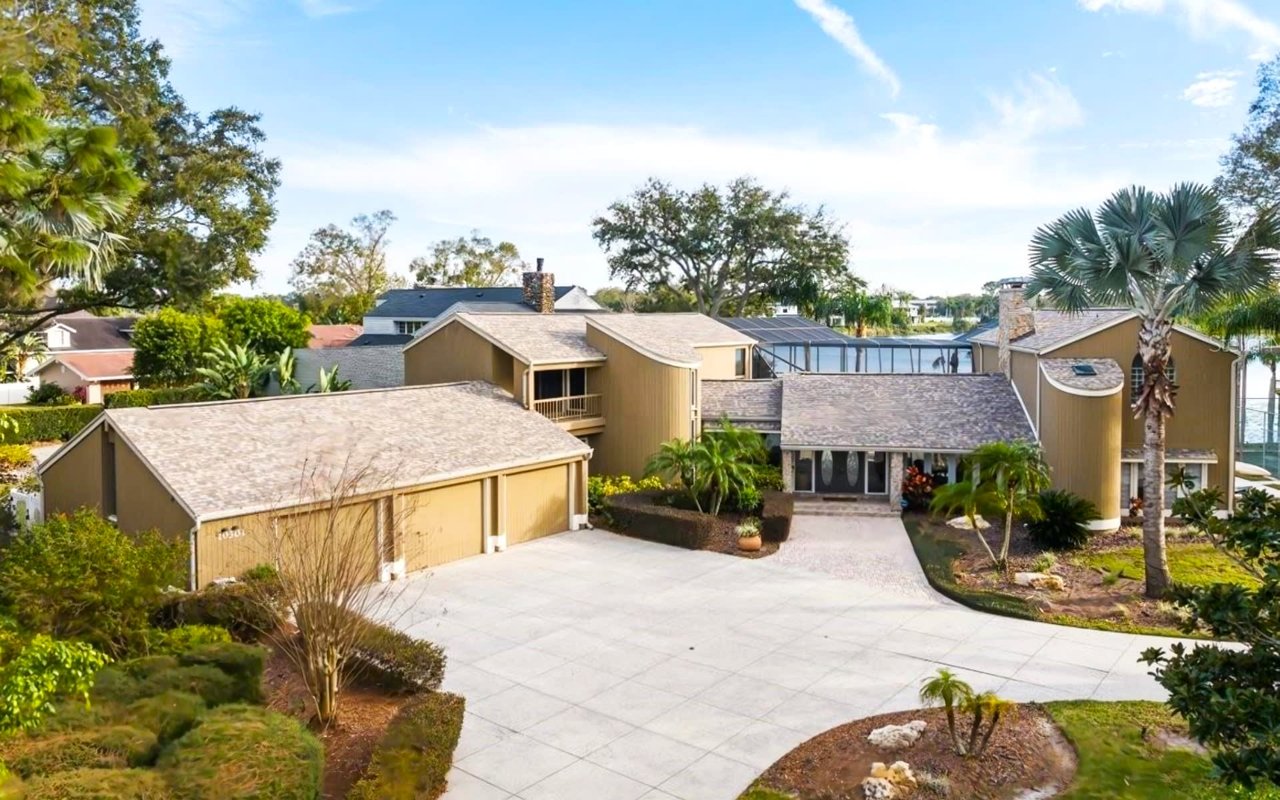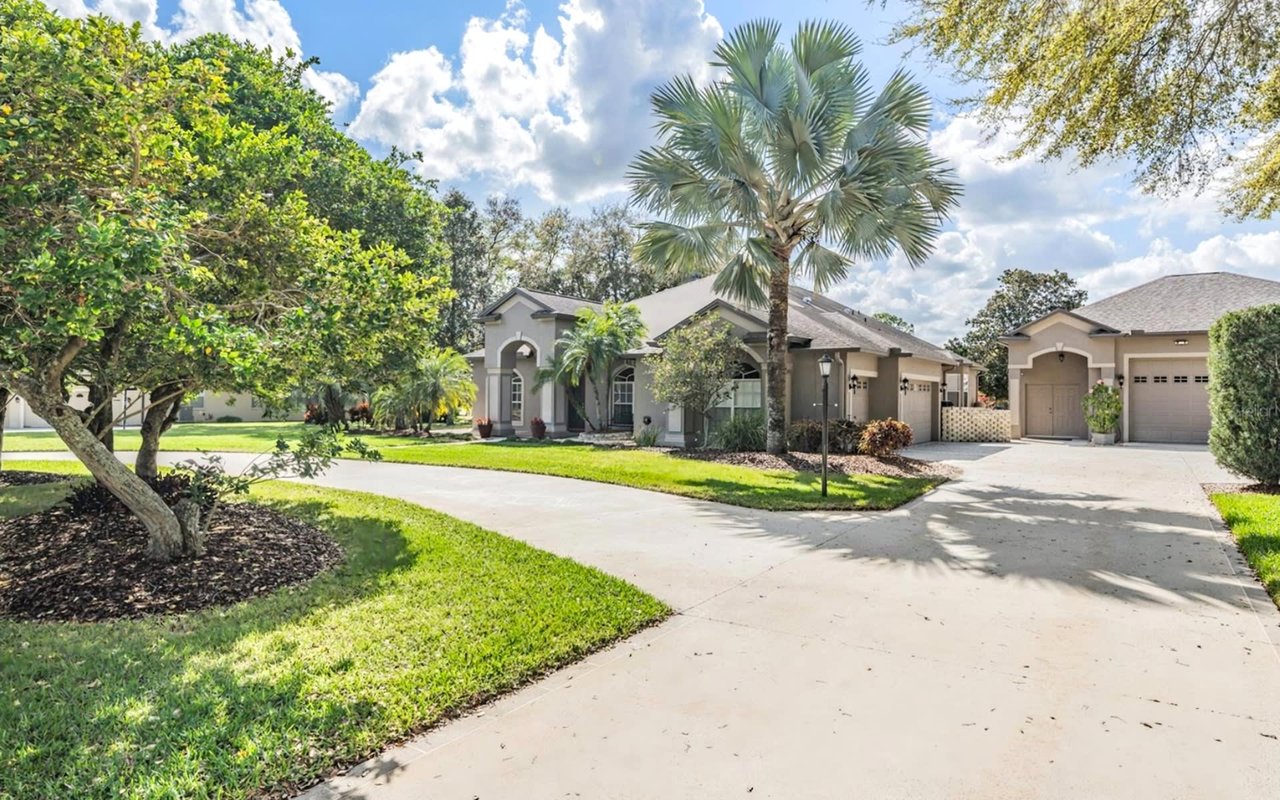Selling a lakefront home is a unique experience that requires careful attention to both the emotional and logistical aspects of the move. In Odessa, Florida, where homes offer serene views and direct access to the water, transitioning away from such a lifestyle can feel daunting for homeowners. Whether you’ve made the decision to downsize, relocate for a new opportunity, or pursue a different type of property, ensuring a smooth sale and move from your lakefront home is key. Here are some helpful tips for sellers as they navigate the process of moving from their cherished waterfront property.
Showcase the Unique Features of Your Lakefront Home
Before diving into the practicalities of packing and moving, it’s important to focus on the sale itself. One of the most important things sellers can do is emphasize the unique features that make their lakefront home stand out. Lakefront properties are often sought after for their views, water access, and recreational opportunities, so it’s crucial to highlight these aspects in your marketing strategy.
Work with your real estate agent to stage the property in a way that showcases the lifestyle benefits, such as setting up outdoor seating areas to emphasize the waterfront views or showcasing boating docks, fishing piers, or private beach areas. Professional photography is a must to capture the beauty of your lakefront home, particularly at sunset or sunrise when the natural surroundings are at their best.
Also, be prepared to answer potential buyers’ questions about water rights, dock maintenance, and any homeowners’ association regulations related to the lake. Providing clear, detailed information about these aspects can help facilitate a smooth sale process and make your property more attractive to buyers.
Work with your real estate agent to stage the property in a way that showcases the lifestyle benefits, such as setting up outdoor seating areas to emphasize the waterfront views or showcasing boating docks, fishing piers, or private beach areas. Professional photography is a must to capture the beauty of your lakefront home, particularly at sunset or sunrise when the natural surroundings are at their best.
Also, be prepared to answer potential buyers’ questions about water rights, dock maintenance, and any homeowners’ association regulations related to the lake. Providing clear, detailed information about these aspects can help facilitate a smooth sale process and make your property more attractive to buyers.
Create a Moving Plan Early
Moving from a home you’ve lived in for years can be a big undertaking, especially if it’s a larger lakefront property with extensive outdoor amenities. To avoid last-minute stress, start by creating a moving plan as early as possible. Break the move into manageable steps, such as deciding what to take with you, what to donate or sell, and how to handle items that might need special care, such as boats, watercraft, or outdoor equipment.
If you have outdoor furniture, kayaks, or other lake-related items, consider selling or donating what you won’t be taking to your new home. These items may have been specific to your lakefront lifestyle and may not be needed at your next residence. This is a great way to declutter and streamline your packing process.
Hiring a moving company with experience in handling large or delicate items can be a wise investment, especially if you have specialized equipment like boat lifts or docks that need to be dismantled. Make sure to research companies that understand the logistics of moving from waterfront properties and ask for recommendations from your real estate agent or neighbors who have made similar moves.
If you have outdoor furniture, kayaks, or other lake-related items, consider selling or donating what you won’t be taking to your new home. These items may have been specific to your lakefront lifestyle and may not be needed at your next residence. This is a great way to declutter and streamline your packing process.
Hiring a moving company with experience in handling large or delicate items can be a wise investment, especially if you have specialized equipment like boat lifts or docks that need to be dismantled. Make sure to research companies that understand the logistics of moving from waterfront properties and ask for recommendations from your real estate agent or neighbors who have made similar moves.
Protect Your Home’s Exterior During the Sale Process
Lakefront homes often have expansive outdoor areas, such as decks, docks, and gardens, that require maintenance even as you prepare to sell. Before putting your home on the market, take the time to address any repairs or maintenance issues that could impact its appearance or functionality. This includes pressure-washing decks, repairing loose boards, cleaning outdoor furniture, and ensuring that any docks or boat ramps are in good working order.
If you have a pool or other water features, make sure they are well-maintained and visually appealing. These elements are often significant selling points for lakefront homes, so ensuring they look their best is essential.
During the moving process itself, be mindful of protecting the exterior of your home as movers come and go. Heavy foot traffic, furniture moving, and loading can take a toll on landscaping, driveways, and outdoor areas. To avoid damage, lay protective coverings on walkways and consider having a landscaping company clean up the property after the move, ensuring it remains in pristine condition for prospective buyers.
If you have a pool or other water features, make sure they are well-maintained and visually appealing. These elements are often significant selling points for lakefront homes, so ensuring they look their best is essential.
During the moving process itself, be mindful of protecting the exterior of your home as movers come and go. Heavy foot traffic, furniture moving, and loading can take a toll on landscaping, driveways, and outdoor areas. To avoid damage, lay protective coverings on walkways and consider having a landscaping company clean up the property after the move, ensuring it remains in pristine condition for prospective buyers.
Manage Emotions and Memories
For many sellers, transitioning from a lakefront home can be an emotional experience. The memories of watching sunsets over the water, family gatherings, and quiet mornings by the lake can make leaving particularly difficult. It’s important to acknowledge the emotional weight of the move and give yourself time to process it.
One way to honor the memories associated with your lakefront home is to document the space before you leave. Take photos or videos of your favorite spots—the dock where you spent time fishing, the patio where you hosted barbecues, or the view from your living room window. These personal mementos can help preserve your connection to the home even after you’ve moved on.
Additionally, if you’re feeling overwhelmed by the emotions of leaving, take some time to focus on the new opportunities and experiences your next home will bring. Whether you’re moving closer to family, exploring a new city, or downsizing for a simpler lifestyle, keeping your eyes on the future can help ease the transition.
One way to honor the memories associated with your lakefront home is to document the space before you leave. Take photos or videos of your favorite spots—the dock where you spent time fishing, the patio where you hosted barbecues, or the view from your living room window. These personal mementos can help preserve your connection to the home even after you’ve moved on.
Additionally, if you’re feeling overwhelmed by the emotions of leaving, take some time to focus on the new opportunities and experiences your next home will bring. Whether you’re moving closer to family, exploring a new city, or downsizing for a simpler lifestyle, keeping your eyes on the future can help ease the transition.
Pay Attention to the Lake-Specific Details
Selling a lakefront property comes with unique considerations that aren’t typically found in non-waterfront homes. For example, be sure to provide potential buyers with important information about the lake itself, such as water levels, whether motorized boats are allowed, and any fishing or boating regulations. Buyers interested in a lakefront home will often have specific questions about how they can use the lake, so having this information ready can make the process smoother.
Additionally, if your home has a dock or boathouse, ensure that it is in good condition and complies with any local ordinances or association rules. These structures can be a major selling point, but they must be well-maintained and up to code. If needed, invest in repairs or upgrades to ensure that your lakefront amenities are in top shape before listing your property.
You may also need to address environmental concerns specific to lakefront living, such as erosion control, shoreline maintenance, and any regulations regarding the protection of local wildlife habitats. Providing buyers with details about how you’ve managed the property in a sustainable and environmentally friendly way can be a selling point, particularly for buyers who value nature and outdoor activities.
Additionally, if your home has a dock or boathouse, ensure that it is in good condition and complies with any local ordinances or association rules. These structures can be a major selling point, but they must be well-maintained and up to code. If needed, invest in repairs or upgrades to ensure that your lakefront amenities are in top shape before listing your property.
You may also need to address environmental concerns specific to lakefront living, such as erosion control, shoreline maintenance, and any regulations regarding the protection of local wildlife habitats. Providing buyers with details about how you’ve managed the property in a sustainable and environmentally friendly way can be a selling point, particularly for buyers who value nature and outdoor activities.
Plan for Utilities and Services During the Transition
As you prepare to leave your lakefront home, it’s important to stay on top of utility transfers and service cancellations. Make sure to schedule the disconnection of utilities such as water, electricity, internet, and cable, but leave these services running until after the sale is complete to ensure prospective buyers can view the home under optimal conditions.
Additionally, if you have specialized services, such as lakefront maintenance, dock upkeep, or pool services, be sure to notify these providers of your move and schedule final maintenance appointments. If you have contracts with local service providers, such as landscapers or pest control, consider offering to transfer these services to the new owner, as they may appreciate the convenience of keeping reliable providers in place.
If your home is part of a homeowners’ association (HOA) or lake association, make sure to notify them of your move and ensure that all dues or fees are up to date. This will also be important information for potential buyers as they review the overall costs of lakefront living.
Additionally, if you have specialized services, such as lakefront maintenance, dock upkeep, or pool services, be sure to notify these providers of your move and schedule final maintenance appointments. If you have contracts with local service providers, such as landscapers or pest control, consider offering to transfer these services to the new owner, as they may appreciate the convenience of keeping reliable providers in place.
If your home is part of a homeowners’ association (HOA) or lake association, make sure to notify them of your move and ensure that all dues or fees are up to date. This will also be important information for potential buyers as they review the overall costs of lakefront living.
Stay Organized with Closing and Moving Documents
Finally, staying organized is key to ensuring a smooth sale and move. Gather all necessary paperwork related to the sale of your home, including inspection reports, repair receipts, and any permits or documentation related to waterfront features like docks or boat lifts. Providing this information upfront can help avoid delays during the closing process.
Additionally, create a detailed moving checklist that includes everything from hiring movers to changing your address with key service providers. Having a clear plan in place will help you stay on track and ensure that nothing is overlooked as you transition to your next home.
Moving from a lakefront home in Odessa can be both an exciting and emotional journey. By focusing on the unique features of your property, staying organized with your moving plan, and addressing both the practical and emotional aspects of the transition, you can make the process smoother and more manageable. Whether you’re moving across town or across the country, these tips will help you leave your lakefront home with confidence, ready to embrace the next chapter of your life.
Reach out to Joe Lewkowicz for expert guidance and assistance with all your real estate needs. With his extensive knowledge of the Odessa market and dedication to client satisfaction, Joe Lewkowicz can help you find the perfect property.
Additionally, create a detailed moving checklist that includes everything from hiring movers to changing your address with key service providers. Having a clear plan in place will help you stay on track and ensure that nothing is overlooked as you transition to your next home.
Moving from a lakefront home in Odessa can be both an exciting and emotional journey. By focusing on the unique features of your property, staying organized with your moving plan, and addressing both the practical and emotional aspects of the transition, you can make the process smoother and more manageable. Whether you’re moving across town or across the country, these tips will help you leave your lakefront home with confidence, ready to embrace the next chapter of your life.
Reach out to Joe Lewkowicz for expert guidance and assistance with all your real estate needs. With his extensive knowledge of the Odessa market and dedication to client satisfaction, Joe Lewkowicz can help you find the perfect property.
